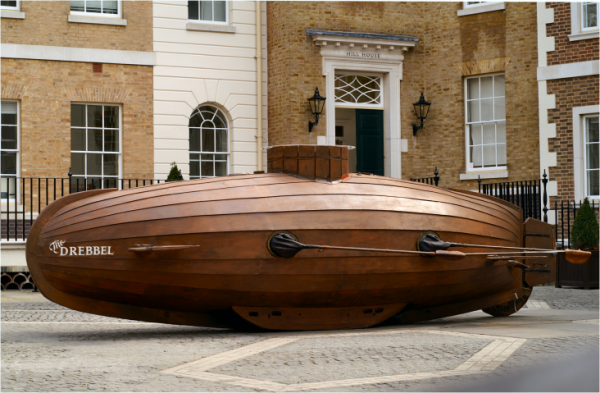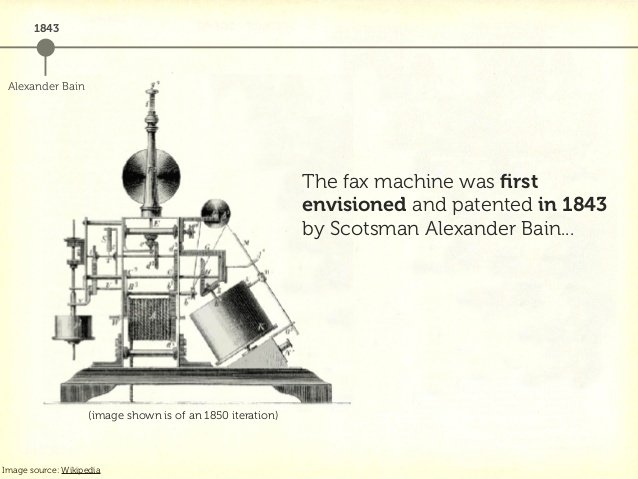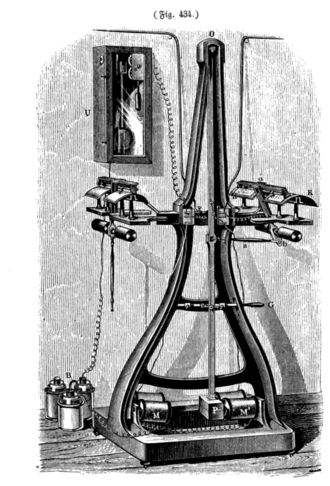6 Technologies that are hundreds of years older than you think.
It is a fantastic fact that we have no idea how old our technologies really are. I have created a list of inventions and innovations that showcase these oddities. Hope you enjoy.
6: Gas powered Automobile

While names such as Rudolf Diesel, Gottieb Daimler and Karl Benz may be the names you would be familiar with from the 1880s, the idea for an automobile came from much earlier ideas.
In 1769, a French inventor, Nicolas-Joseph Cugnot, produced what can only be described as a medival steam engine without tracks. It was bulky, ugly, slow and extremely labour intensive... but it worked.
The world's first car could reach speeds of 4.8km per hour, but is said to have been able to carry 2-4 tons. Despite the slow speed, this machine is also the first recorded automobile accident as the traffic light was not to be invented for another 150 years.
Despite obvious innovation, the idea was scrapped, simply because it was hard to control, couldn't manage rough terrain and hills, and cost a small fortune to run.
5: Functioning Submarine

While designs for submarines can be found from as early as the 1580s, but it wasn't until 1620 that a Dutch Navigator, Cornelius Drebbel, was commissioned by the King of England (James the First) to build a machine that could travel under the surface of the water. It was powered by oarsmen and could sink to a depth of 15 feet. Its first test was in the Thames River in London, in front of the watchful eye of the king himself.

Unfortunately, very few illustrations, let alone accurate plans, survive of this marvel of the past.
4: Battery

While Alessandro Volta is credited with inventing the first electrical battery in 1799, an archaeological discovery in the 1930s, in Baghdad, seems to suggest that the idea of creating energy chemically goes back over 2000 years.

It is a very simple device, but extremely clever. Theories suggest it was used to electroplate gold onto silver in Jewry. Some suggest that there are depictions of this device powering light bulbs in the pyramids of Egypt, but this has yet to be proven. Whatever the case, it is clear that human beings were producing electricity before the birth of Christ.
3: Brain Surgery

This one is a bit of a shocker - it would appear that ancient man had been tampering with the human brain as far back as 5,000BC. It is interesting to think that ancient peoples thought of performing surgery on the brain to cure certain illnesses, although I think their ideas would be completely different to modern-day brain surgeries.
Archaeologists working in France have discovered a number of skulls with holes that appear to have been drilled rather than bashed open with a club. What is amazing is the fact that the holes had begun to heal, which indicates that the surgery was successful!

It was actually a fairly common thing for people to be performing surgeries during the Neolithic periods, with a surprising amount success. It would no doubt have been a horrible thing to have to go through without anaesthesia, and there would have no doubt been a huge number of deaths due to infections, but it is still impressive to think our ancestors were capable of not killing someone by boring into their heads.
2: The Telephone

While you may want to credit Alexander Graham Bell as the true inventor of the telephone, much credit for the device should really go to little-known Italian-American scientist, Antonio Meucci. In 1849, he developed what was known as the talking telegraph, however, due to his poor English, he never managed to file his patient. Also, due to poor health and financial problems, Meucci had a nightmare of a time trying to pursue the recognition for his invention he deserved.

However, the idea of being able to speak to someone over a great distance in a much older concept. Around 1200 years ago in the Rio Moche Valley in northern Peru, the people of the Chimu civilization had developed a method using two gourd receivers and a lot of twine cord. It is said that that have found that they could speak to each other very clearly over a distance of about 100 feet, which is impressive in its own right.
That certainly puts the childhood memories of the Styrofoam cups and string to shame.
1: The Fax Machine

While the fax machine has died since the internet has come about, there is not doubt it is a fantastic way of passing information over great distances. I personally, don't think I have ever used one, but I remember first seeing one in a back to the future movie and thought to myself "I wonder has anyone been prank-faxed?" But unfortunately, prank calls were all the rage then, so I doubt the idea would have ever taken off. So one would be safe to assume that this invention might have come about in the 60s or 70s?
The first attempts to send an image electronically was actually in the 1840s by a Scottish clock maker, Alexander Bain, whose invention did in fact work... just very badly.

It wasn't until the 1850s that Giovanni Caselli invented what was known as the pantelegraph (pictured above, which soon developed into a massive commercial business across France. Drawings, signatures and writing were capable of being sent for many miles over normal electrical wires. Since it is so difficult to explain, I have taken a description of the machine from wikipedia:
"The pantelegraph used a regulating clock with a pendulum which made and broke the current for magnetizing its regulators, and ensured that the transmitter's scanning stylus and the receiver's writing stylus remained in step. To provide a time base, a large pendulum was used weighing 8 kg (18 lb), mounted on a frame 2 m (6 ft 7 in) high. Two messages were written with insulating ink on two fixed metal plates; one plate was scanned as the pendulum moved to the right and the other as the pendulum moved to the left, so that two messages could be transmitted per cycle. The receiving apparatus reproduced the transmitted image by means of paper impregnated with potassium ferricyanide, which darkened when an electric current passed through it from the synchronized stylus. In operation the Pantelegraph was relatively slow; a sheet of paper 111 mm × 27 mm, with about 25 handwritten words, took 108 seconds to transmit."